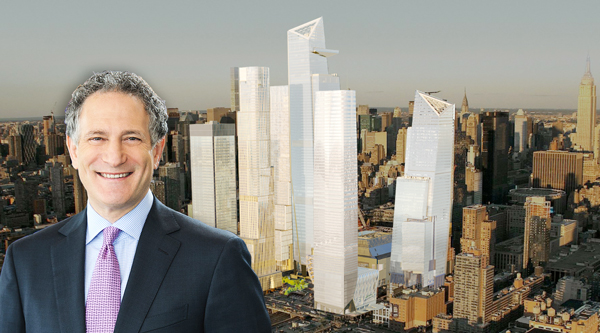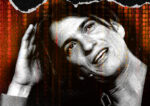Trending
“We created money out of air”: Doctoroff talks High Line, Hudson Yards
Former deputy mayor riffs on Bloomberg, Sheldon Silver in talk at 92nd Street Y

When he got the call from Michael Bloomberg’s office asking if he’d like to be deputy mayor, Dan Doctoroff immediately said “no.”
At the time, he was working on New York City’s bid for the 2012 Olympics, his father was ill and he thought he wouldn’t be able to take on the new role. Still, he was excited about the opportunity and Bloomberg’s team was persistent. After meeting with the mayor, he changed his mind.
“In about one minute, I knew I was going to take the job,” he said.
Doctoroff described his time as deputy mayor during a discussion with Jonathan Tisch, CEO and chairman of the Loews Corporation, at the 92nd Street Y on Wednesday night. They spoke about Doctoroff’s role in the redevelopment of the World Trade Center, the transformation of the High Line, the development of Hudson Yards, as well as Doctoroff’s failed bid to bring the 2012 Olympics to the city.
The former deputy mayor said there were several reasons why the city didn’t win — including the opposition of former Assemblyman Sheldon Silver (who successfully overturned a corruption conviction and is set to be re-tried in 2018).
“At the end of the day, we failed to convince enough people, particularly in the Assembly, particularly one person, particularly one person who turned out to be corrupt, that it was a good idea,” he said, getting laughs from the audience. “I think pursuing the stadium over there was the right thing to do because it was the catalyst for focusing on the entire West Side.”
Still, the loss was a tremendous blow at the time. He recalled the grueling return flight from Singapore –where his team received news that New York would no longer be in the running for the games — was softened somewhat by comforting words from then-U.S. Sen. Hillary Clinton. Clinton, who had helped in pitching the city, sat down with Doctoroff and tried to reassure him.
“She said, ‘I understand how you feel, but in time you’ll understand that things will feel better,'” Doctoroff said, again getting laughs from the audience. “The irony is not lost on me.”
Doctoroff now serves as CEO Sidewalk Labs and president of the Shed, an arts center under construction in Hudson Yards designed by Diller Scofidio + Renfro and the Rockwell Group. He also just published a book about his time with the Bloomberg administration, “Greater than Ever: New York’s Big Comeback.” He noted his excitement over the development that’s taken place on the West Side, even without the stadium that would’ve held the Olympics and the Jets Stadium. He said he supports a proposal to move the Javits Center — currently undergoing a more than $1 billion expansion — to Sunnyside Yards. He said the sale of valuable real estate in Hudson Yards could fund an impressive new convention center in Queens. Mayor Bill de Blasio has proposed developing the 180-acre site.
Doctoroff also recalled convincing the 30-plus property owners along the High Line who “hated” the abandoned railway to support its conversion into a 1.45-mile long park. The city needed the property owners’ support to move forward, so officials rezoned that area of West Chelsea and stipulated that developers would have to buy air rights from the High Line property owners in order to build larger projects.
“We created money out of air,” he said. “It’s a classic example of what government can do.”
When asked if there’s anything he worries about in terms of the future of the city, he noted that New York has become — in some cases — prohibitively expensive because the city’s grown faster than they’d anticipated. He touted the Bloomberg administration’s housing program, which set out to create 500,000 affordable housing units. He also commended Mayor Bill de Blasio’s current affordable housing program, which has set out to create and preserve 200,000 units over the next decade.
“Supply and demand worked here in a sort of negative way,” he said. “We have to find a way to Make This Place more affordable.”




